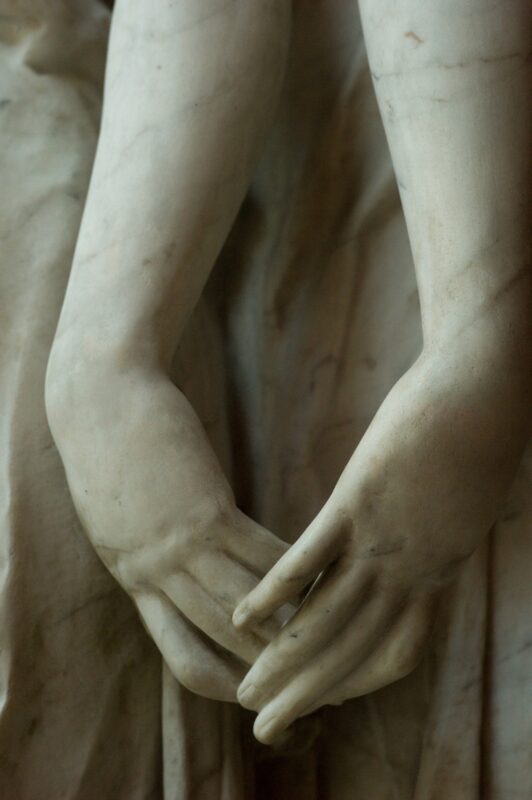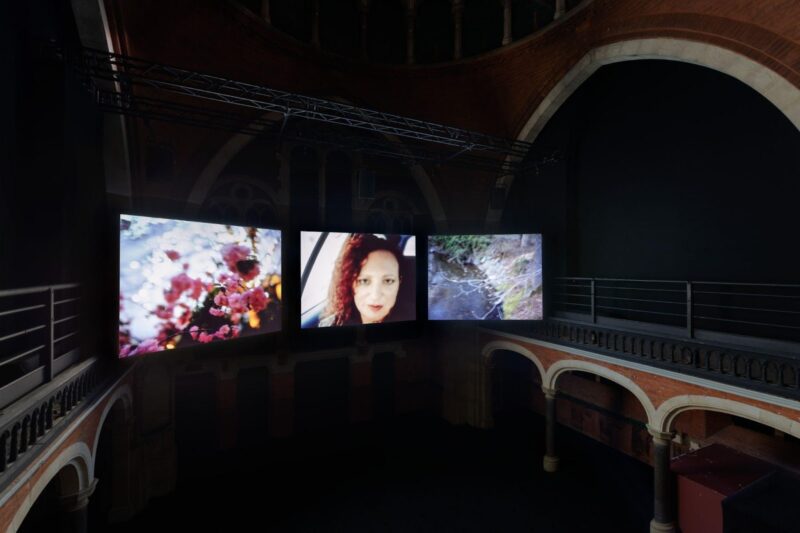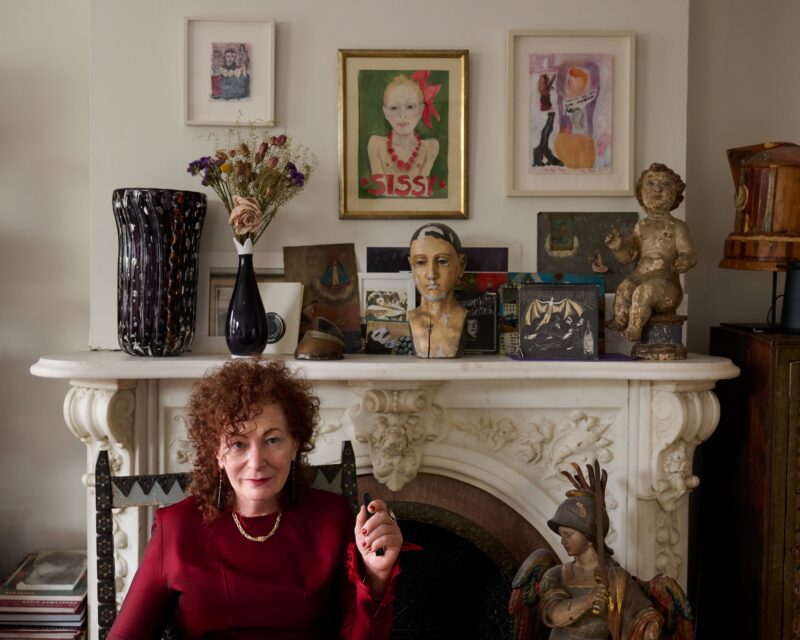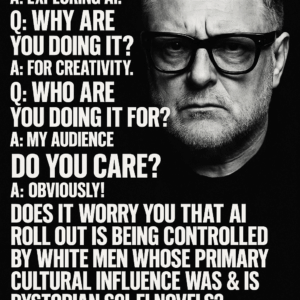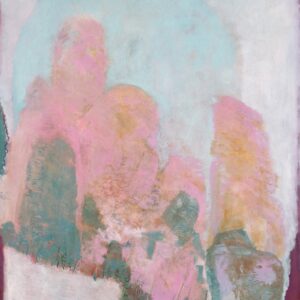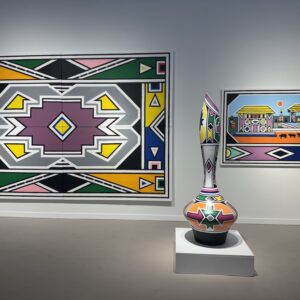Nan Goldin tops the 22nd annual ArtReview Power 100. The pioneering photographer of countercultures and marginalised groups, and more recently fierce campaigner against the corporate interests responsible for the US opioid crisis, tops a list this year.
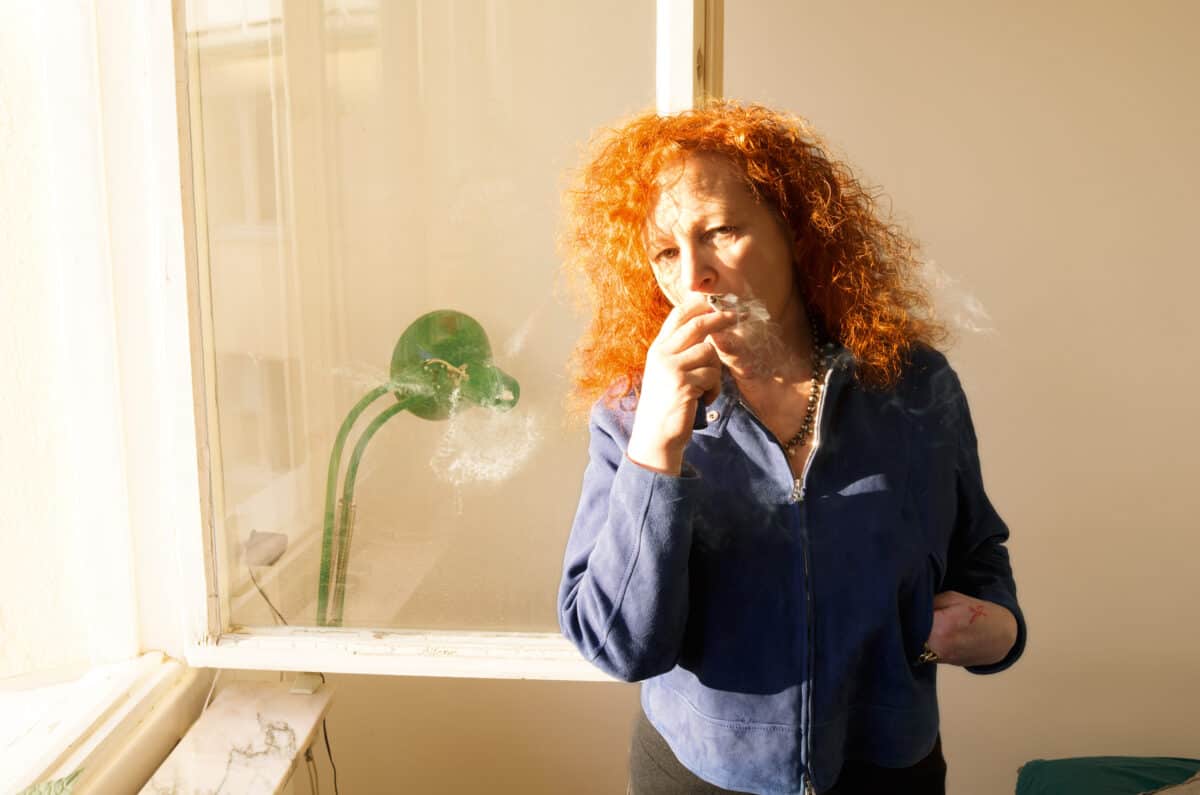
A year dominated by artists who are using their platforms not just to discuss freedom (both of expression and in the greater sense) but to practise it too, intervening through deeds as well as words (and images) in the pressing social and political issues of the current moment. While the list does not reflect any specific politics (many on it would fundamentally disagree with each other on many issues), it registers a move from theory to practice in its broadest sense, and the idea that art exists as a part of, rather than apart from, the world in which it operates.
Goldin’s work over four decades has come to exemplify how an artist might both represent and advocate for those who have often been ignored and excluded by those in power. From the AIDS epidemic during the 1980s to the more recent scandal of painkiller addiction that has swept America, Goldin’s blend of personal intimacy and public advocacy has influenced a generation of artists and emboldened them to confront powers-that-be, from art museums to those who seek to control them – from corporate sponsors to governments.
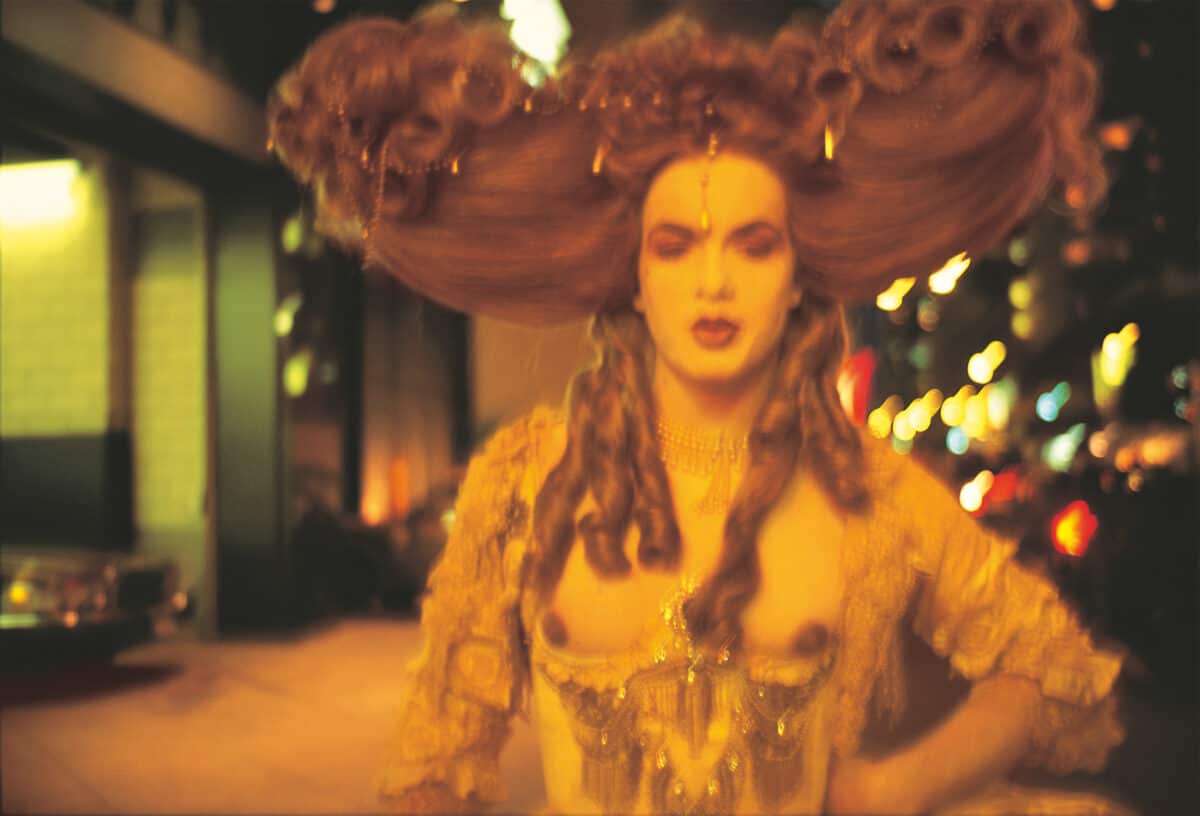
In line with that, artists make up the list’s entire top ten for the first time in its history, all of them sharing a common cause of not simply making work for museums and galleries, but also using their status to champion and effect wider social change. Rather than returning to ‘business as usual’ after the COVID-19 pandemic, the artworld is now seeing the consolidation of a trend in which social and political issues are (for better or worse) inextricably part of how artists understand the function of their work in society. These are artists using their work, and the platform their success provides, to shape communities and intervene in public discourse: from (no 8) Steve McQueen’s film about the Grenfell Tower disaster in London, as a catalyst for legislative change; and (no 3) Rirkrit Tiravanija’s open-ended and inclusive social interactions in Chiang Mai, New York and many places in between; to (no 2) Hito Steyerl’s video essays on global capitalism and her interventions in the ongoing controversies in Germany with regard to antisemitism, both within and without the artworld. At a time when social issues are at the forefront of a conflicted and often polarised public culture, artists are influential figures, which is why they occupy close to 40% of the spots on the list overall.
As the influence of artists has grown, so too has that of curators, the networkers and fixers of the artworld’s critical culture. Representing a fifth of the list, cura- tors are key to a global culture of big public exhibitions, in which what has been termed the Global South is becoming an important player. In their access to the big biennials and triennials, curators are instrumental in steering (and often stirring) public discussion on questions such as the environment and climate change (Lucia Pietroiusti, no 65), colonial and postcolonial histories and the relationship to the present (Natasha Ginwala, no 94), land rights and the rights of indigenous peoples (Candice Hopkins, no 46), and the present and future of humanity and emerging technologies (Legacy Russell, no 98).
While one side of the Power list reflects the fast-evolving shape and constant churn of the artworld’s critical culture, and the significance of alternative organisational models, the 2023 list also notes persistence and indeed growth of the artworld’s longstanding commercial face – the world of art dealers and art fairs. As gallerists continue to search for new collectors and new markets, the list registers the growing influence of a handful of now very large, multigallery (and multicontinent) commercial galleries, whose empires span the Americas, Europe and Asia, such as Larry Gagosian (no 12), Mendes Wood DM (no 61), Experimenter’s Prateek Raja & Priyanka Raja (no 62) and Mariane Ibrahim (no 73). Similarly consolidating are the mega-art fair chains that are the US-owned Frieze (no 54) and Switzerland’s Art Basel (no 51).
The Power 100 is shaped with the input of a 40-strong panel of artworld participants from around the world, who consider three criteria for inclusion: that those on the list should have been active over the past 12 months; that what they do is shaping current developments in art; and that their impact can be considered global rather than local.
First published in 2002, ArtReview’s Power 100 is the most established and widely circulated annual ranking of influence in the contemporary artworld. Ruangrupa topped the list in 2022, ERC-721, representing NFTs, in 2021, Black Lives Matter in 2020 and MoMA director Glenn D. Lowry in 2019. Founded in 1949, ArtReview is one of the world’s leading international contemporary art magazines, dedicated to expanding contemporary art’s audience and reach. Aimed at both specialist and general readerships, the magazine and its sister publication, ArtReview Asia (launched in 2013), feature a mixture of criticism, reviews, commentary and analysis alongside commissioned artist projects and accompanying guides and supplements.
FULL LIST: artreview.com/power-100/

